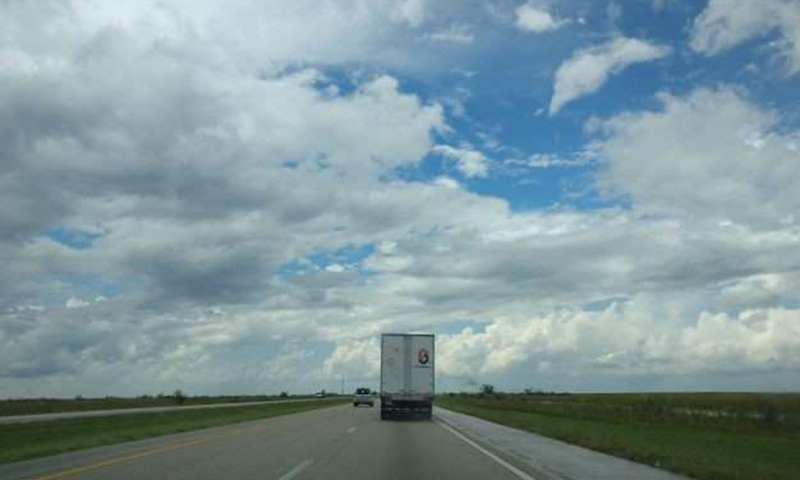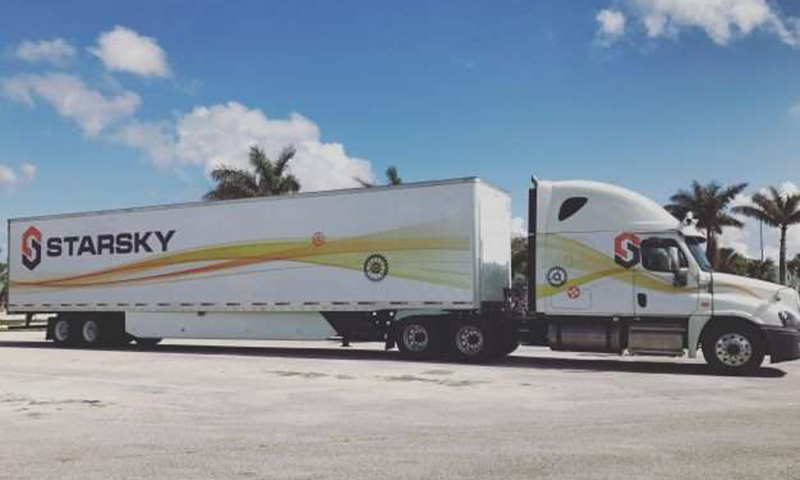
The world’s first completely driverless semi truck came to a stop in the middle of a Florida highway during its test run last month after the headquarters controlling the vehicle lost power.
The truck, built by Starsky Robotics, set out on Florida roadways for its first completely driverless test run, with no human on-board anywhere, in the middle of February. However, the driver-less semi truck, controlled in part by signals from a teleoperations center, only traveled about two miles before coming to a gradual, unplanned stop right in the middle of the highway.
“I’m thinking, ‘This is not planned,’ ” said Stefan Seltz-Axmacher, who accompanied the semi truck in a separate lead car during its short-lived journey.
“So we get out and turn off the engine and start investigating….” he continued.
At first, the team was baffled, but they soon discovered the reason behind the unexplained stop: the teleoperations center responsible for remotely controlling the semi truck had experienced a power outage.
“Of all the different flaws that could have happened, all those things we tested and expected, we never tested shutting down the power to the building,” Seltz-Axmacher said.
Once power to the building was restored, the autonomous semi truck completed five more miles of the test route before returning to headquarters. The following day, the same semi truck traveled along the same 7 mile stretch of road, this time without a single issue.
Seltz-Axmacher says that the unexpected issue proves that the autonomous truck, though mostly controlled remotely from the teleoperations center, can also make its own decisions when quick action is needed.
“If a vehicle in front of the truck slams on its brakes, that’s a safety-critical decision that’s handled by the truck itself,” he said.
“Decisions where teleoperations are involved take five to 15 seconds to make; they’re not safety critical. It’s ‘I’m stuck behind a slow-moving vehicle. Should I pass or not? Those kinds of decisions are easy to make in the office,” explained Seltz-Axmacher.
“By having this safety architecture in place, you are able to be confident that if a failure happens, even weird failures that have never happened to us before, we will catch them. If we catch them, we will come to a stop,” Seltz-Axmacher said.


